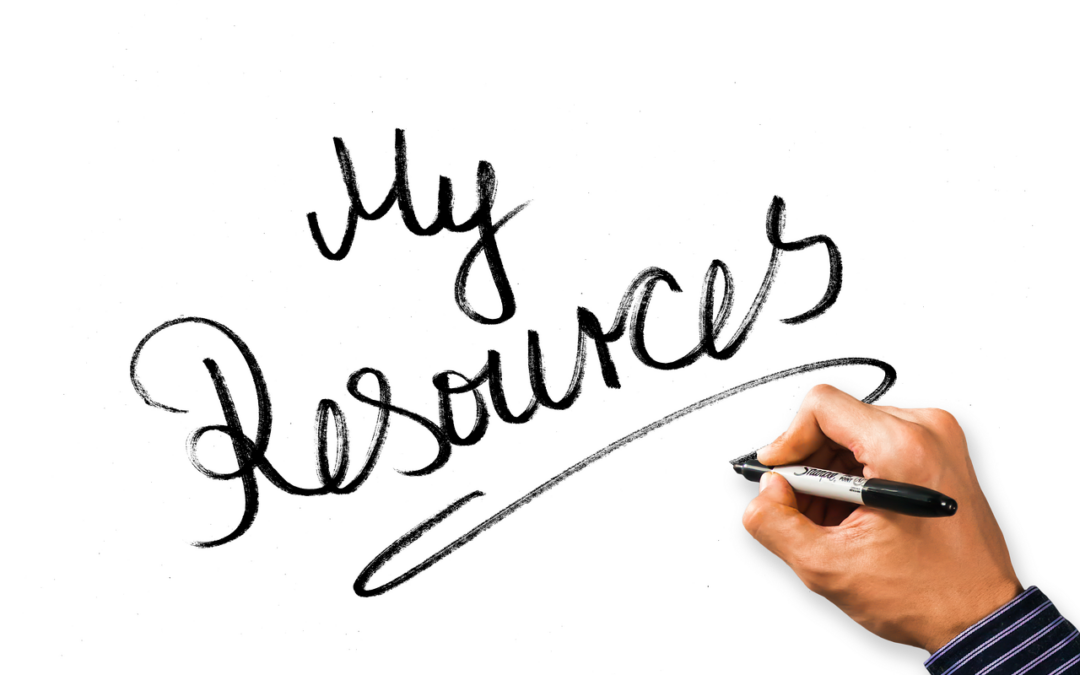As I shared last week, while it is critical for your executive leadership and other high-level teams to be high-functioning and cohesive, it obviously shouldn’t stop there. Every team in the organization needs to be high-functioning and cohesive. Here is the fifth element to strengthening teams throughout the organization: provide high-impact supporting resources. It may be unrealistic to invest the same amount of time and money into every team in the organization, but it’s always feasible to provide the resources and expectations for leaders to invest in their own teams.
These resources can and should include a mix of the following elements:
- Books: Give your teams books for them to learn the framework, such as Patrick Lencioni’s The Five Dysfunctions of a Team or The Six Types of Working Genius. Suggestion: Give them the manga edition to make it more likely they will read it. Even better, have the entire organization go through the same book together.
- Online resources: It’s not very difficult to create a set of online resources, such as links to webinars, videos and articles, for teams to take advantage of. They don’t have to be created internally. There are many resources out there.
- Meeting resources: So many meetings are wasted time and energy, but when meetings become great, it changes everything. Teams need resources to help them have great, highly effective meetings because this is where much of the team’s work together is done. Start with this PDF on the four types of meetings.
- Team assessments: Teams should be able to take and debrief their own assessments—perhaps with an internal or external coach to guide them—and have a resulting specific area of focus to become more cohesive. My favorites these days are the Working Genius and The Five Dysfunctions of a Team assessments.
- Mentors/coaches: Mentors and coaches are the most impactful resource you can provide for your leaders and managers, according to Josh Bersin, a leading researcher and adviser in enterprise learning and talent management, as they lead teams. Provide these resources to work through team issues and maintain accountability to team cohesiveness. Sometimes, you may need to start with external mentors/coaches until you establish internal expertise.
- Immediate Objective of the Team: Every single team must be expected to create their own “Immediate Most Important Objective” that supports the organization’s Current Goal. Insist that they always have one and that it is relevant. Having this goal forces the team to work together and to stay focused on what really matters.
- Strategic mega-sessions: A mega-session takes multiple teams and walks them through a team assessment and debrief at the same time, either in the same room or in the same Zoom meeting with breakouts. When I conduct training workshops, I find that this is a great way to teach the teamwork framework, conduct assessments, and impact multiple teams at once without the cost of a dedicated facilitator/expert for each individual team.
- Team Playbooks: Just like your executive leadership team needs a Team Playbook, every team in your organization needs one too. Make templates available to every team and expect them to use it. Team Playbooks promote teamwork and a focus on the right priorities. Download a sample team playbook (or this one specifically for public sector teams).
- External resource: When I work with organizations long-term, having an external resource ends up being valuable for team leaders—they can call, and we can walk through all sorts of team situations together without any fear of retribution or feeling foolish. Consider setting up a similar resource for your teams.
- “Teamwork Quips”: One of my clients had a daily “Safety Quip” that was read at every meeting. It was a brief bit about promoting workplace safety. Employ a daily or weekly “Teamwork Quip,” and have teams read it at every meeting.
Which one of these ideas could you act on today to create a culture of highly functioning, collaborative, aligned teams?
